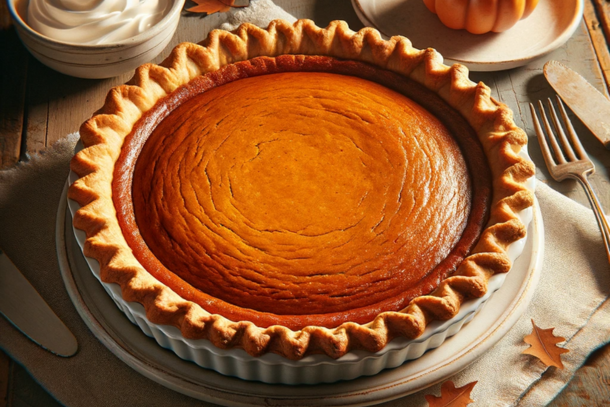Is Seaweed Good for You? Seaweed Snacks and Seaweed Sushi
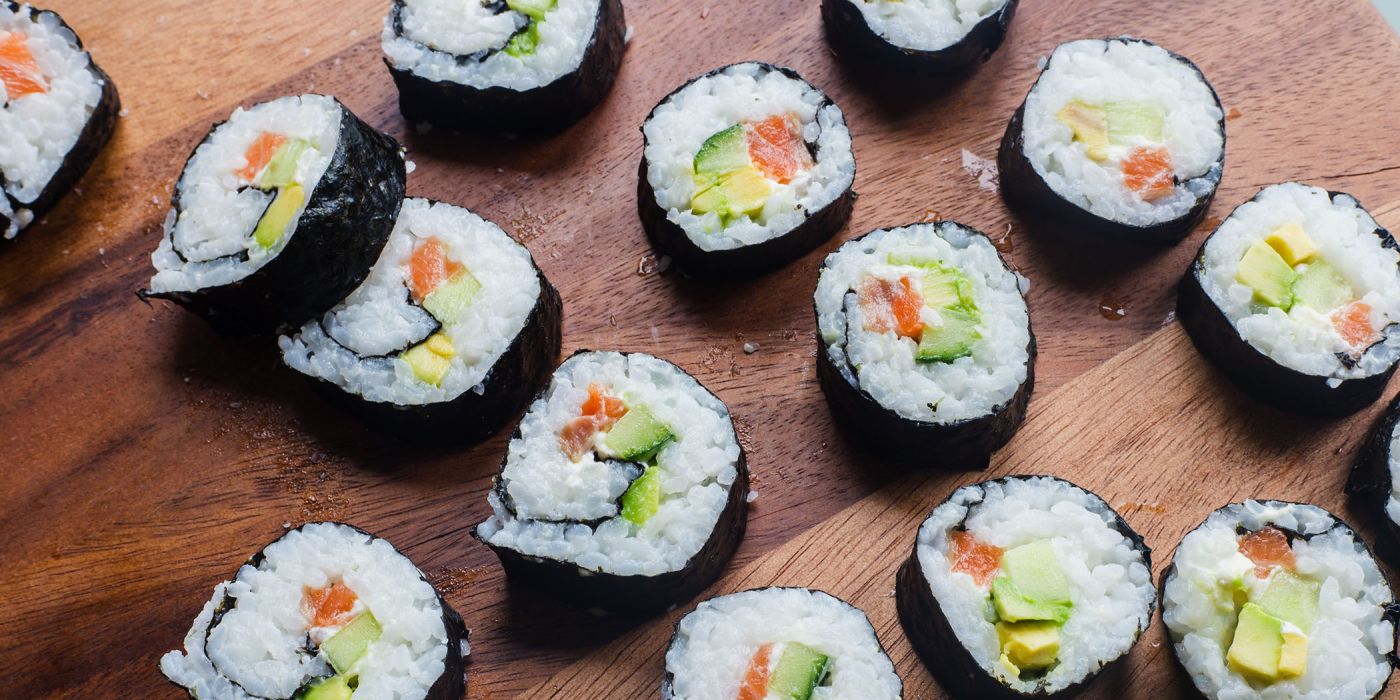
Seaweed is a widely available coastal food that has been eaten since prehistoric times. It is a collective term for many different species of marine algae and plants that grow in saltwater and freshwater, oceans rivers and lakes.
Seaweed is good for you and is an excellent food source that can be sustainably harvested. A great source of iodine which is essential for healthy thyroid function. Seaweed is high in protein and low in fat, a good source of omega-3, vitamin B12, antioxidants as well as being a source of fibre
What is Seaweed?
Seaweed is a common term for algae and plants which are not all related. Seaweed is sometimes called the vegetables of the sea they can be thought of more like the vegetables in your garden, a mixture of different colours, sizes, tastes and textures.
Ocean and sea growing seaweeds number over 12,000 seaweeds and algae that have been described of which most are red in colour (7000+) the rest being either green (1500+) or blue-green (1500+) the majority are edible.
There are over 35,000 freshwater algae (rivers and lakes) species as well as many land-based, most of these are toxic, so not useful as a food.
Is Seaweed Good for You?
Seaweed is very good for you. They are high in protein, fibre, minerals as well as being exceptionally rich in iodine, tyrosine relative to other foods
If compared to land vegetables they are a good source of essential fatty acids. They also contain vitamin B12 which is essential and difficult to get in a vegan diet without supplements.
Dulse
Dulse is also known as dillisk, dilsk or sea lettuce flakes and is a reddish seaweed more suited to the colder waters of the North Atlantic and North Pacific oceans. Its botanical name is Palmaria palmata. First records of harvesting Dulse are on the island of Iona off the coast of Scotland some15 centuries ago. Dulse has a meaty flavour and a soft and leathery feel. In Ireland, dulse is used to make soda bread.
Green Laver
Also known in different countries as aonori, sea cabbage and parae. Made up of the botanically named algae including Ulva prolifera, Ulva pertusa and Ulva intestinalis
Like other seaweeds that are referred to as laver, it is used as a green form to make laverbread. In Japan, it is used to make tempura and in soups.
Irish moss
Irish moss which is Chondrus crispus is a red to purple algae found around coasts on the Atlantic ocean. Irish moss looks like miniature trees, fanning out from the stem with small branches. Irish moss is rich in carrageen, a thickening agent and stabiliser used in milk products. So you will have come across it in ice cream and other dairy products.
Kombu
Kombu also Konbu, Dasima or Haidai is a form of Kelp enjoyed by many nations including China, Iceland and Japan, who are the largest consumers of it.
Kombu is a great source of glutamic acid, the amino acid which creates the umami taste. It has very high levels of iodine. It is a great source of dietary fibre.
A Japanese tea known as kombucha is made from steeping Kombu in water to produce the drink. Bonito is a dish of Kombu cooked in water with tuna flakes. Kombu is also the principal ingredient of the Japanese soup stock dashi.
Nori
Nori is dried edible seaweed, deep purplish-red algae when fresh turning green when dried made up of the types Pyropia yezoensis and Pyropia tenera.
Nori plants grow very fast, from seeding to the first harvest being just 7 weeks.
Full of vitamins and minerals it has 148 kJ per 100 g of which Carbohydrates 5 g, Fat 0.3 g and Protein 6 g.
Nori has a strong and distinctive taste. Nori is also known as purple laver. The process of making the sheets used in sushi is akin to that of making paper, it is pressed and roasted to make flat dry sheets.
Wakame
Wakame is a cold temperate seawater Kelp. It is a dark green invasive species that has a sweet taste. Its botanical name is Undaria pinnatifida and a common name for it is sea mustard.
Packed with vitamins and minerals it has 188 kJ per 100 g of which Carbohydrates 9 g, Fat 0.6 g and Protein 3 g.
A compound found in Wakame called fucoxanthin can help burn fatty tissue, this was discovered by Hokkaido University. Wakame is also an excellent source of omega-3 fatty acids.
Wakame is a staple of such dishes as miso soups and tofu salad.
Sea lettuce
Sea lettuce also known as Green Nori are plants with the botanical name Ulva lactuca. It is found all around the coastlines of the world. Sea lettuce is an edible blue-green algae.
It is high in protein vitamins and minerals and is particularly high in iron.
It can be eaten raw in salads and is also added to soups.
When is Seaweed not good for you?
There have been health concerns linked to some seaweeds and heavy metals such as Mercury, lead, chromium, cadmium, and arsenic. The reason is that the seaweeds will pick these up if there are heavy deposits in the area they grow. Some of this could be natural but a lot of the evidence suggests that such contamination is due to the man-made bumping of such toxic metals into the seas and oceans of the world. Mining, smelting and many industrial processes have in the past used the rivers and waterways that connect to the seas and oceans as a dumping ground. This can have long term implications for us all as we are literally poisoning ourselves with such bad practices.
Always make sure you collect your seaweed away from any potentially harmful discharges or historic dumping grounds. If you bought it, make sure that it is from reputable suppliers that monitor the heavy metal concentrations in their products.
Are Seaweed Snacks Good for You?
Seaweed snacks are indeed good for you. As with any snack, there are good and bad manufacturers, so it pays to look at the package labelling and see that they have stuck to traditional ingredients and not substituted out the expensive, nutritious part and replaced it with sugar, salt and fats as with many processed foods.
If we look at a few snacks you can make yourself then you will see they mostly contain seeds, seaweed and some flavouring. So high in protein, which is the food type that fills you up and low in fats and carbohydrates, but also high in vitamins and minerals. Not bad for a snack.
Seaweed Snacks
Simple seaweed snacks that are quick to make and great to eat, will really hit the spot.
Great for a child lunchbox or when having friends over or taking as I do to the local on a Sunday afternoon to share with friends.
Toasted Seaweed Chips
Here is a link to a Toasted Seaweed Chips recipe that involves the following ingredients
1 packet yaki nori sheets (sushi paper)
1 tbsp tamari (or liquid or coconut aminos)
1 tbsp sesame oil
It is listed as taking 10 mins to prepare, 15 to cook and seconds to eat.
Seaweed Crisps
1 Sheet of Nori
1 tbsp sesame oil (or olive oil)
1 tsp Wasabi or Horseradish
So simple, just cut the sheets into the size you want your crisps to be.
Mix the oil with the wasabi or horseradish and then bake at 180 C ( 350 F if old fashioned ) Gas mark 4 on a baking sheet for approx 5 minutes a side but watch that they do not burn at all.
I do them in an air fryer and they are done in 5 minutes without turning.
Often Wasabi is mostly horseradish but if you can get proper wasabi it certainly has a great taste.
Rolled Seaweed and Egg Omelette
This is a real joy to make, quick, easy and simple; tasty, filling and nutritious.
Listed as taking 13 minutes and with just 160 Calories
5 extra-large eggs
1 tablespoon rice wine
1/4 teaspoon fine sea salt
1 1/2 seaweed (dried, sheets – 1 sheet size is about 19cm x 20.5cm, 7.5 inches x 8 inches.)
cooking oil (Some)
Rolled Seaweed and Egg Omelette is featured on yummly.co.uk and is an excellent example of a healthy snack.
I would add a little wasabi on the side of the plate to really bring the flavours out.
Seaweed Sushi
Sushi is a traditional Japanese food that consists of prepared vinegared rice, sugar and salt Along with this will be seafood both cooked and raw, vegetables. The principal component is the medium-grain white which is referred to as Sushi rice.
Sushi is often served with pickled ginger, wasabi and soy sauce.
Makizushi
Makizushi is rolled sushi, norimaki or nori roll. Although it is most often seaweed that forms the outer layer, it can also be a very thin omelette, cucumber, soy paper or leaves.
If a thick roll it is called Futomaki and if a thin roll it is Hosomaki.
Futomaki
Thick rolls. The diameter of a futomaki is typically five or six centimetres packed with white rice and bamboo shoots, cucumber and other thin-cut vegetables. Brown rice is becoming a healthy alternative to white rice.
Hosomaki
Thin rolls. These are small cylinders with seaweed on the outside usually just 2.5 centimetres in diameter. Unlike Futomaki which often has more than one filling, Hosomaki will have just one.
Seaweed Sushi recipes
There are so many recipes for Seaweed Sushi but I have gathered together a few of my favourite websites to give you an idea.
Simple sushi at yummly, the site is packed with mouthwatering and simple seaweed sushi recipes to enjoy.
Ideal as healthy party food or as part of a course in a multi-course meal.
Makesushi offers a site devoted to sushi and features a lot of seaweed sushi ideas and recipes. They have pages devoted to simple as well as the more complex so working through the site you should develop a good understanding of the techniques and ideas behind making great seaweed sushi.
Not just seaweed sushi but all kinds of seaweed foods, this article is a great way to add more seaweed to your diet.
30 recipes using seaweed to boost your superfood intake... It is a good article packed with tips and advice to make your diet supercharged and healthy.
Seaweed Soup
Seaweed soup is a dish from many parts of the world and a great form of vitamins and minerals as well as protein.
Seaweed and Tofu Soup is simple and nutritious
¼ cup crumbled dried seaweed, such as wakame or kelp
¼ cup diced strip steak (optional)
¼ cup thinly sliced scallions
2 teaspoons minced garlic
2 teaspoons toasted sesame oil
¼ teaspoon freshly ground pepper
4 cups water
2 tablespoons white miso, or to taste
½ cup diced firm tofu
Delicious and simple to make
A little more adventurous, here is a recipe for Homemade Miso Soup that tasks just under an hour to make.
A staple of any Japanese diet it is built around a stock made with seaweed.
Dashi, the stock made can be used in many authentic Japanese soups so why not give it a try and make a big batch of the stock so you can enjoy lots of seaweed soup and all the benefits that go with such a super healthy, vitamin and mineral-packed superfood.
Said to help maintain a healthy digestive system, it contains plenty of calcium, magnesium, and manganese, essential for good bones.
For a vegan alternative seaweed soup to the traditional miso, try this Vegan Miso Soup
Kombu (edible kelp)
Water
Miso (fermented soybean)
Tofu (medium-firm or silken)
Wakame (dried seaweed)
Optional – green onions/scallions to garnish
With all these seaweed dishes to choose from you will certainly get a good grounding in the flavours and textures that can be found from one of the worlds most environmentally friendly crops.
Related to this article are the following:
- Going Green: Your Step-by-Step Guide to Embracing Veganism and Its Benefits
- The Seaweed Blob 2023: An Ecological Phenomenon Explained
- Seaweed Salad: The Marine Superfood
- Seaweed Snacks Unwrapped: Recipes, Health Benefits, and Perfect Pairings
- Why are Vitamins Important and What Vitamins Can You Overdose On?
I do hope you have enjoyed this article and hope that you will subscribe to my newsletter so you can get the latest information about all things naturally relaxing.
Stay in touch, join the Naturally Relaxing Newsletter
Newsletter Signup
Post Your Comments
or post as a guest
Be the first to comment.
Latest articles in Food
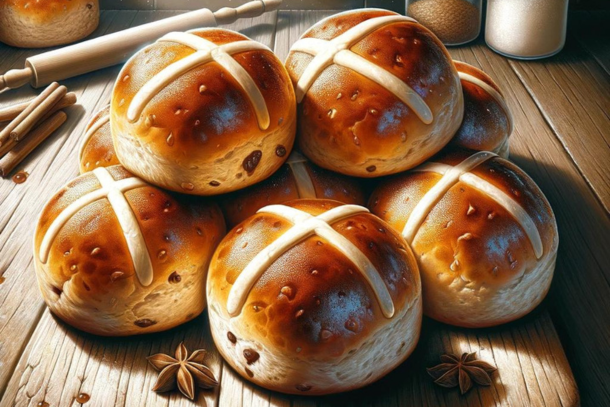
Hot Cross Buns This Easter: A Timeless Tradition of Baking and Sharing

Chocolate Krispie Cakes for Easter: A Simple, Festive Treat for All

2023 Christmas Culinary Delights: Recipes for the Ultimate Festive Feast
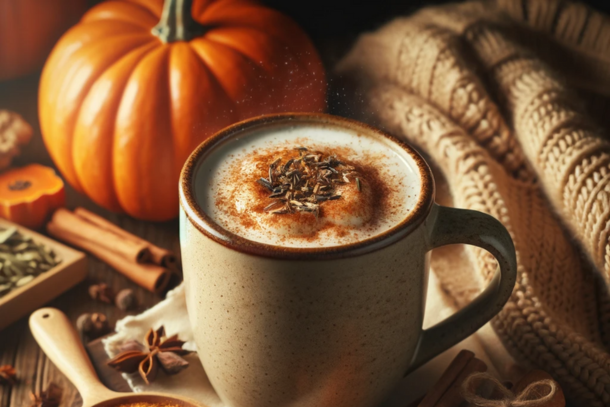
Embrace Autumn with the Best Pumpkin Spice Recipes in the UK
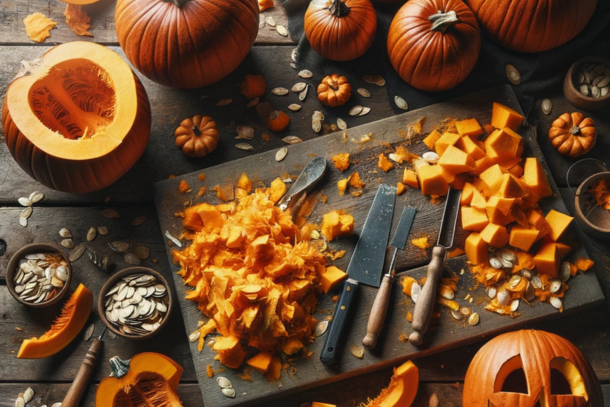
Turning Pumpkin Carvings into Pumpkin Pie: A British Culinary Tradition
